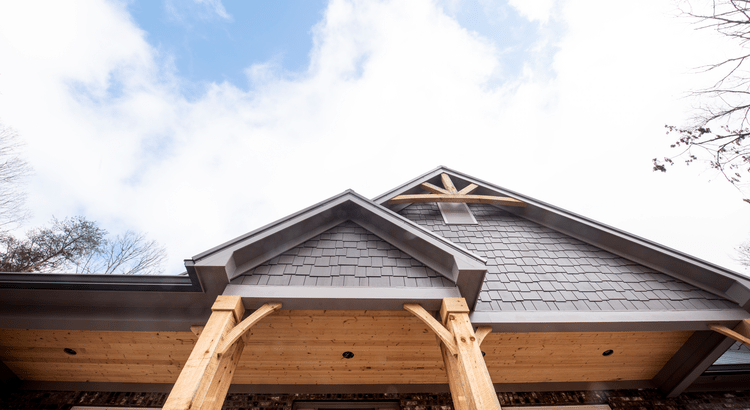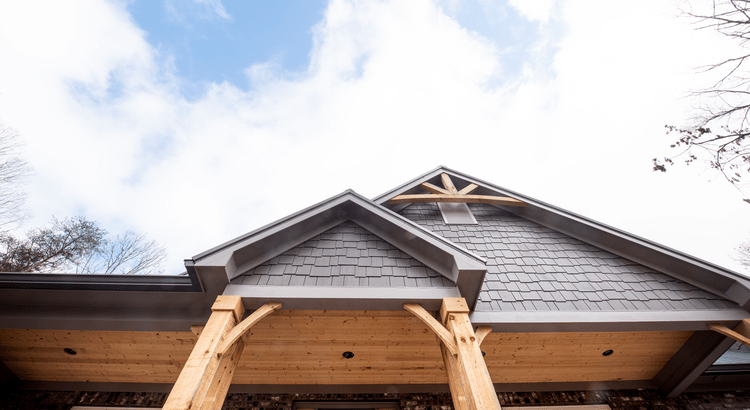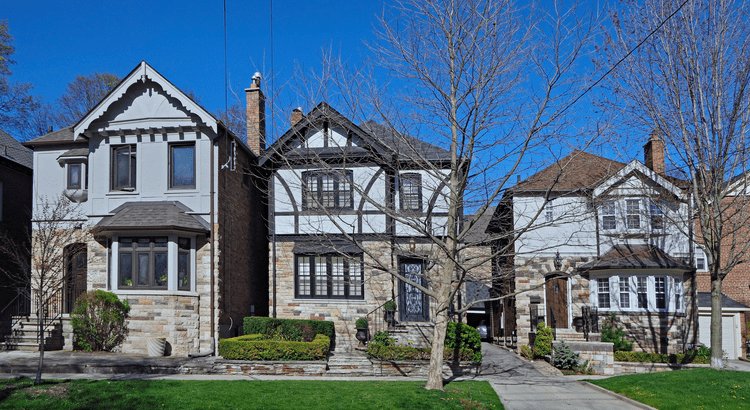
Momentum is quietly building in the housing market.

Momentum is quietly building in the housing market.

Momentum is quietly building in the housing market.

If you’re trying to decide if you’re ready to become a homeowner in the next twelve months, there’s probably a lot on your mind.

If you’re trying to decide if you’re ready to become a homeowner in the next twelve months, there’s probably a lot on your mind.

If a move is on your radar for 2026, there’s a lot more working in your favor than there has been in a while.

If a move is on your radar for 2026, there’s a lot more working in your favor than there has been in a while.

There’s a lot of conversation about home prices, mortgage rates, and affordability right now – and those things are important.

There’s a lot of conversation about home prices, mortgage rates, and affordability right now – and those things are important.

When your house doesn’t sell, it does more than disrupt your plans, it hits close to home.

Hearing talk about home prices falling? That may leave you worried about whether your house is losing value. But here’s what you need to know.